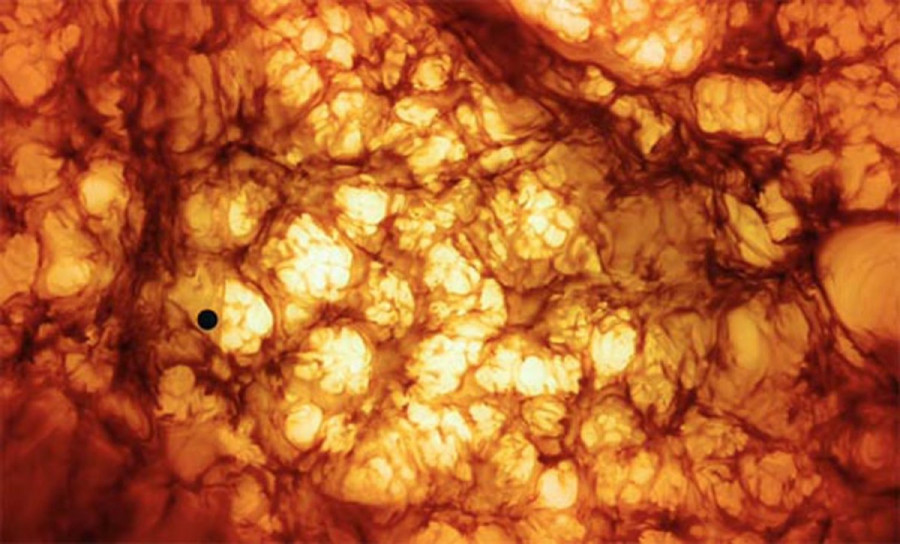Frame to Frame
Spiritual Awakenings
Walking out of the theater as the end credits rolled for Terrence Malick’s The Tree of Life, a slightly dumbfounded man turned to his friend and said “That’s a movie not really meant for understanding.” And you can’t blame him.
The average filmgoer will look at the pretty poster and the cast, namely Brad Pitt and Sean Penn, and think that it’s another entertaining Hollywood venture designed to help us escape from reality for a couple of hours. What you’re in fact left with after almost two and a half hours is an experience that stirs you to face your reality, rather than escape it.
For those familiar with Malick’s work or the progress of this film’s development, right up until it won the Palme D’Or at Cannes a month ago, the element of surprise is on a much lesser scale. It’s still there though because this is by far Malick’s most abstract and spiritual work. If one were to trace Malick’s movies from Badlands to Tree of Life, one would notice a steady progression into a more and more transcendent form of storytelling, ultimately culminating in his latest, most ambitious effort.
Jack (Sean Penn) is overwhelmed by his childhood memories as he tries to come to terms with his younger brother’s death. The relationship between the younger Jack (the incredible Hunter McCracken) and his father, Mr. O’Brien (Brad Pitt, in the performance of his career) takes center stage, though it is the opposing personalities of his father and his mother (Jessica Chastain), which seem to be causing the most conflict.
http://killerbabytomatoes.files.wordpress.com/2011/06/seanpenn.jpg
Even writing that bare-boned synopsis poses a problem because it seems to shed the film of its complexity, and may just give the reader a false hope that it’s not so hard to get. Nothing could be further from the truth; this is not just a story of a man coming to grips with a tragedy in his life.
This is a story about the absence of God in times when we most need Him, the essence of nature and all its creatures and creations that surround us, the manner in which memory assembles thought and conclusion, the schism created when grace gets pitted against nature and much more, though I fear my head will implode if I continue. Malick is a student of philosophy, not film, which can give you an idea from what type of angle he is approaching film-making.
Voice-overs that whisper to us, God and each-other echo and usher in a piece of orchestral music that completes the overwhelming of the senses as images in front of us dance from one to next in meticulous fashion. This describes many moments from The Tree of Life and leaves no wonder why it took over five years to make.
Of course, this type of art-house cinema, with bold emphasis on the art, is not for everyone. In fact, most people will have that same dumbfounded expression as the man whom I overheard with no intention of delving deeper. This movie is for those who truly wish to appreciate cinema and the power of the moving image at its deepest, most rooted, level.
When you can see the effort put into every frame, when the editing is choreographed like a piece of classical music, when a sequence of images so powerful and beautiful to look at can shift your perception of reality by just a fraction – this is when you know that something truly special, and yes, spiritual, is taking place. Terrence Malick has reminded us why we love this art-form. Film enthusiasts, rejoice.


_600_832_s.png)
